|
Over the past few weeks, each group have spent more time in the kitchen cooking. Each group had planned how to adapt the recipe they practised in order to make it more seasonal. They then also planned a sweet treat they would make and whether they were going to make and bring in any additional food from home to add to their afternoon teas. I have been thoroughly impressed with each group, how sensibly they have worked in the kitchen, the flavours they have chosen to use in their food and how well they presented it all to their families. Group 1 - Quiches (vegetarian and meat options) and Victoria Sponge Group 2 - Pizza wheels (vegetarian and meat options) and Victoria Sponge Group 3 - Muffins (vegetarian and meat options) and shortbread Group 4 - Cheese straws (2 different flavours) and gluten free chocolate chip cookies Group 5 - Coming Soon! Great use of these learning gems:
0 Comments
Over the past 5 weeks, the children have been working in small groups to follow a recipe to make a savoury item of food. Not only did they have to make the whole thing, with just a little help from an adult, they were also expected to wash up afterwards. Week 1 - QuicheWeek 2 - Pizza wheelsWeek 3 - ham and spring onion muffinsWeek 4 - Cheese straws (Including Gluten Free)week 5 - savoury scones (plain and cheese)great use of these learning gems:For our final lesson on light, we explored a couple of things that people had asked about during this topic - How are rainbows formed? and Why does my straw look larger in the water in my bottle? The class was shown a video about refraction and then talked about how a rainbow is created. They then worked in groups to develop their own questions for either a pattern seeking enquiry or a fair test, before setting up and carrying out this investigation. They were encouraged to record the investigations in which ever way they felt was appropriate including choosing a way to report what they had found out. Mrs Hayter was very proud of how sensibly the children carried out their investigations and how accurate they were with their measuring (where appropriate). We then completed this topic by making short videos to show what we had understood. Great use of these learning gems:Before SATs, we did a little revision practising types of questions we might face as well as playing games to use our knowledge from a range of topics. Great use of these learning gems:In today's lesson, we were focused on shadows - what they are, how they are made and how they can be changed. First we simply explored how we could make a shadow and how we could change the size of it. This was then followed by carrying out a fair test to show how the size of a shadow increases/decreases as the light source or item is moved close or further away from each other. At the end of this lesson, we then used torches to make a range of 2D shapes - using not only our science skills but also our maths knowledge! Great use of these learning gems:Today's science lesson was all about periscopes. First we talked about the use of mirrors in real life, before making our own periscopes and explaining (use key vocabulary) how they worked. Good use of these learning gems:In order to help us when planning the ingredients we were going to add to our afternoon tea treats, today, we looked at seasonal foods. We were given a grid with the different months on and had to decide which foods were available in which months. We were particularly surprised that pumpkins were available for more than just October and that some of the fruits and vegetables were actually available all year round! Good use of this learning gem:
Writing and Editing Our First DraftsOur Finished Books:Great use of these Learning Gems:We started our new light topic today. After looking at all the different vocabulary we would need to use in this topic, we played a game to see how light has changed over time. The children had to turn a card over and decide where it would go on a time line, if they were incorrect they had to take another card from the centre pile. The aim of the game was to be the first to get rid of their cards. The children then used equipment given to them to prove that light appears to travel in a straight line before setting up a torch, mirrors and a target card to allow the torch beam to shine on the back of the target card. We followed this up with a diagram and explanation in our book of what we had carried out today - ensuring we used straight lines to show the light rays. Good use of these learning gems: |
AuthorsWritten by Mrs Matthews & Mrs Hayter (proud class teachers) and their brilliant pupils (Mandela class). Archives
June 2024
Categories |
| TRIMLEY ST MARTIN PRIMARY SCHOOL |

|




















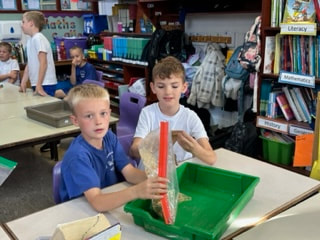
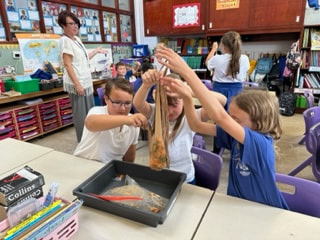
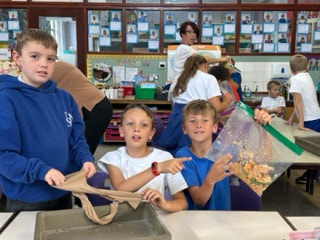
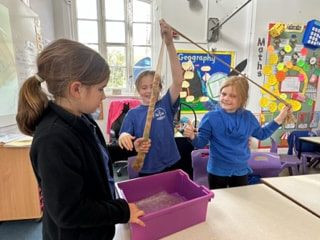
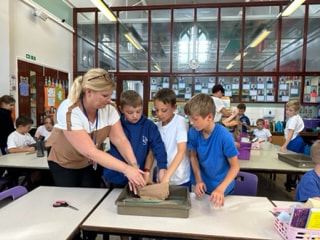
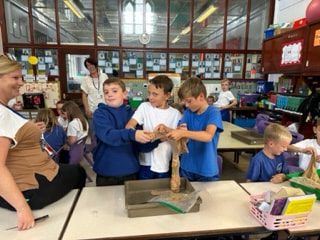


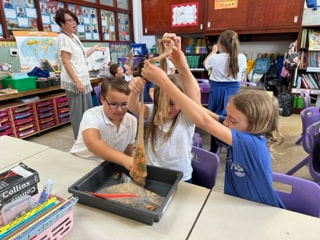


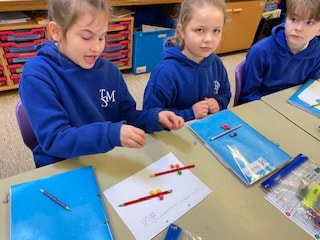
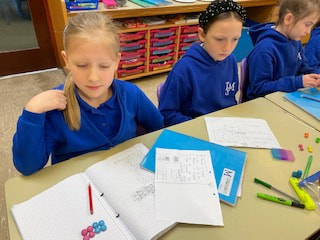
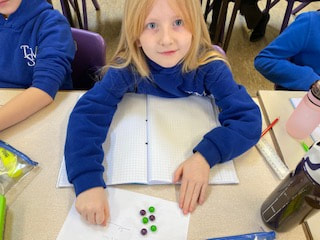
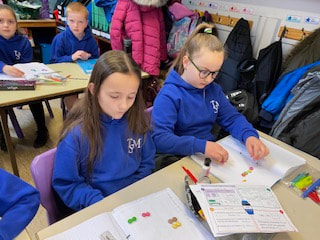
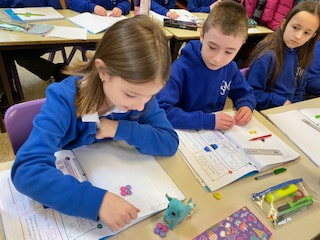

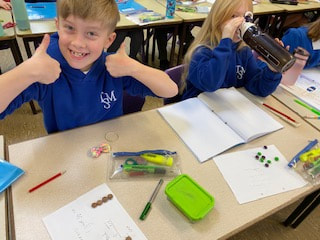
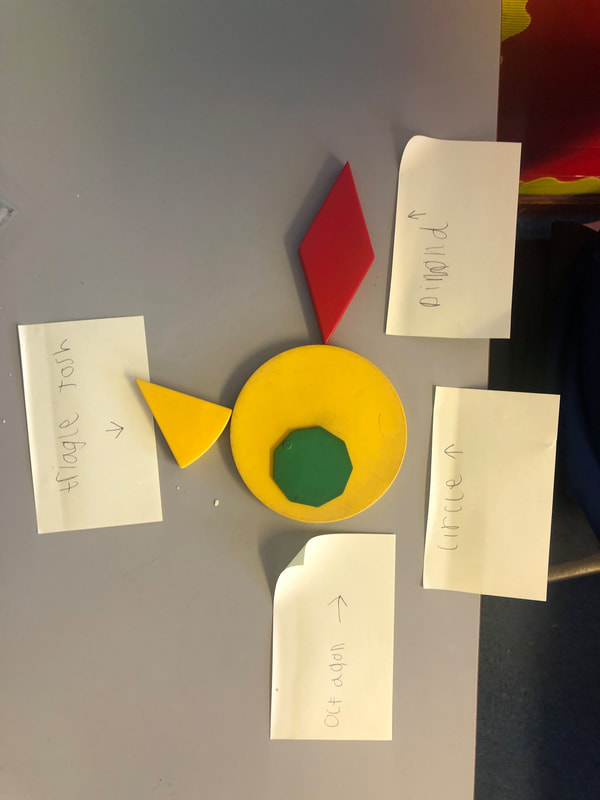



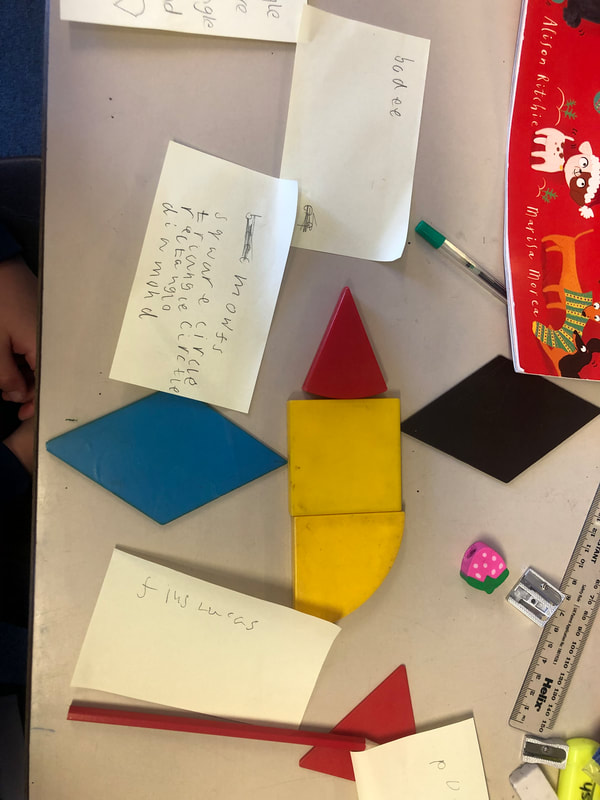














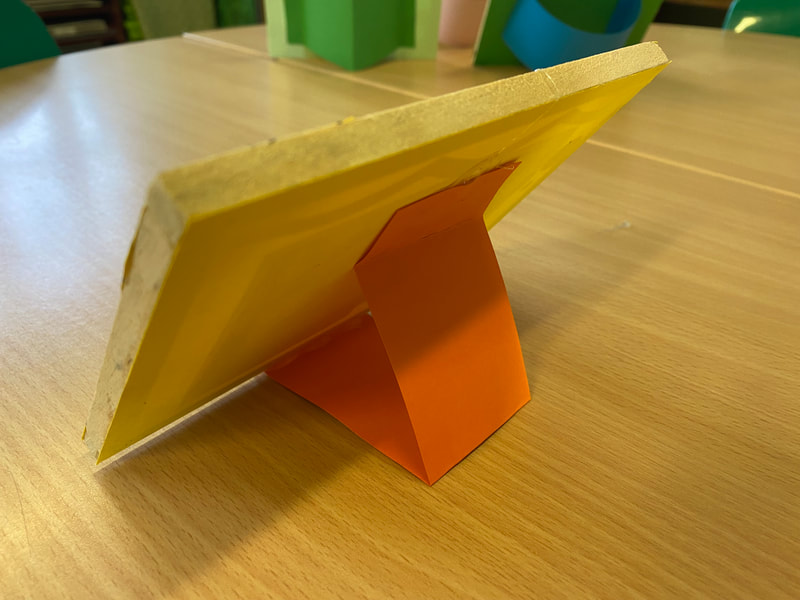










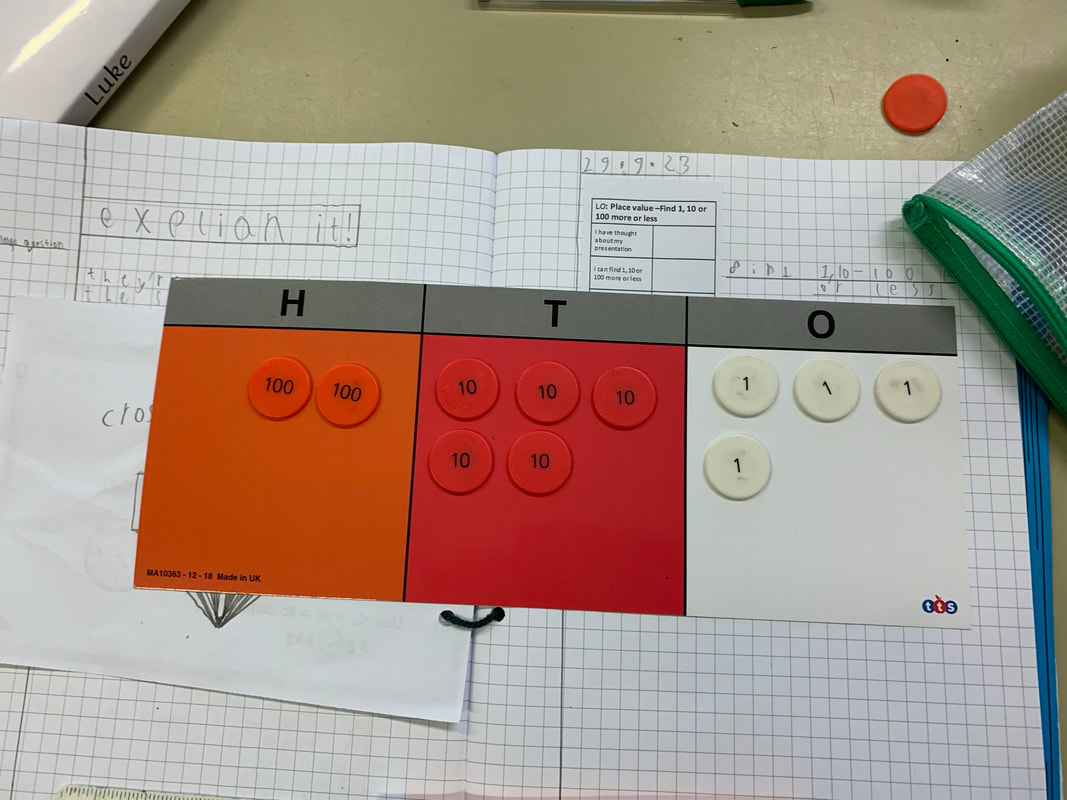
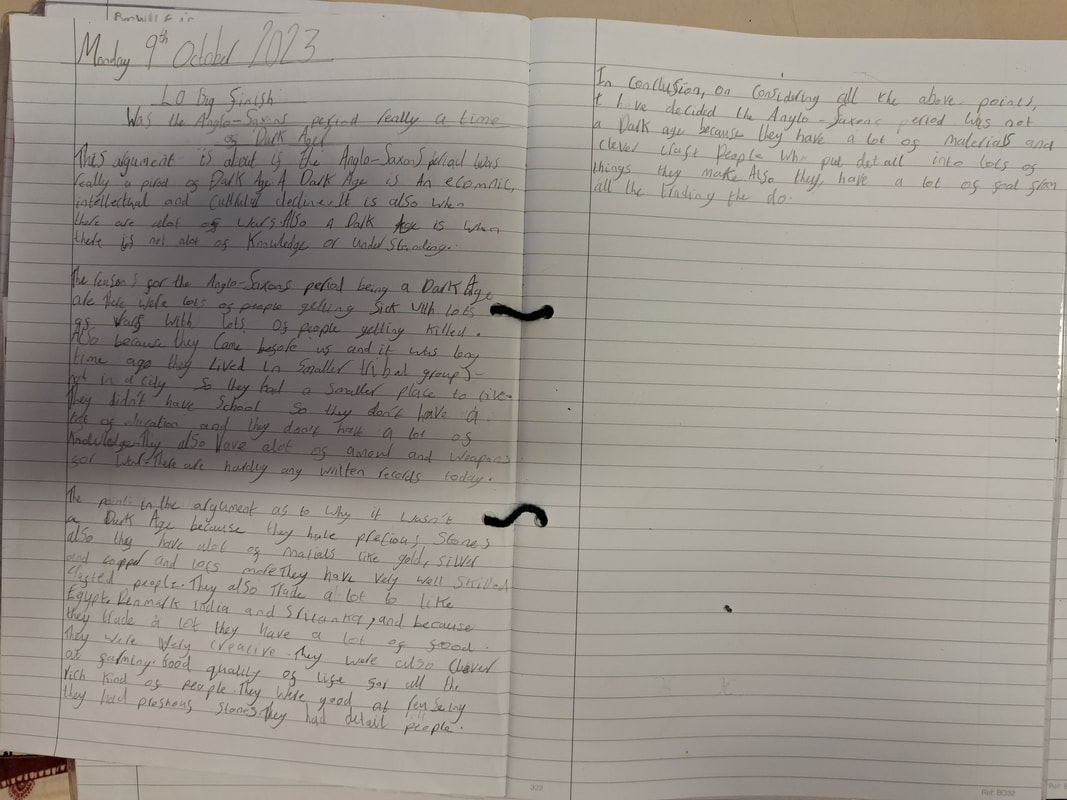








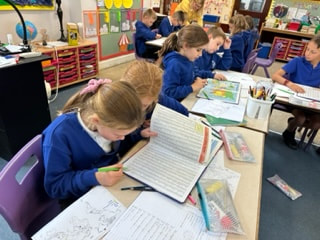









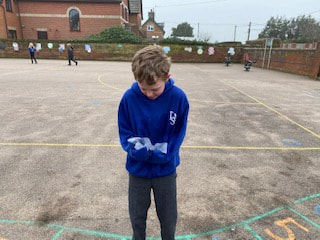
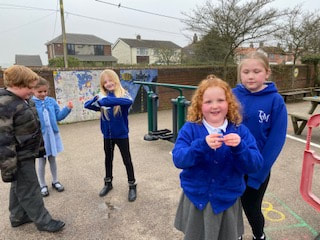
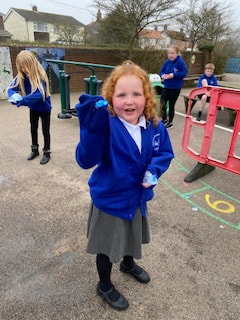
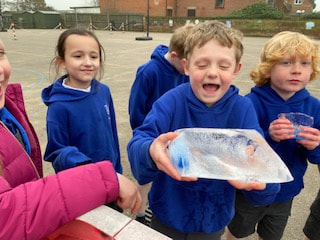
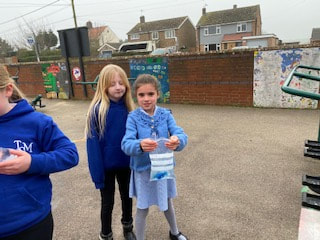
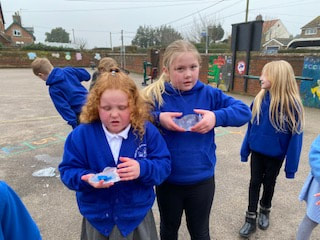
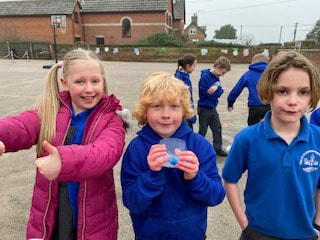
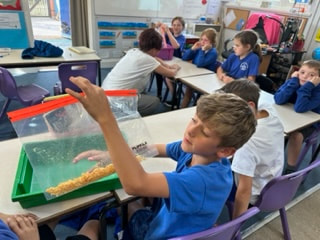
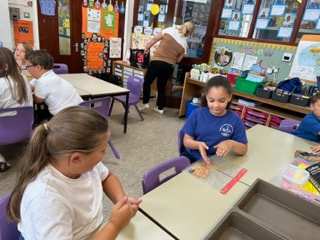
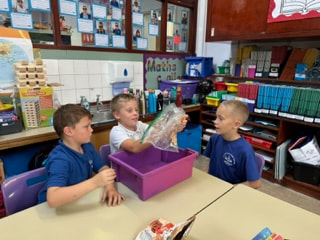
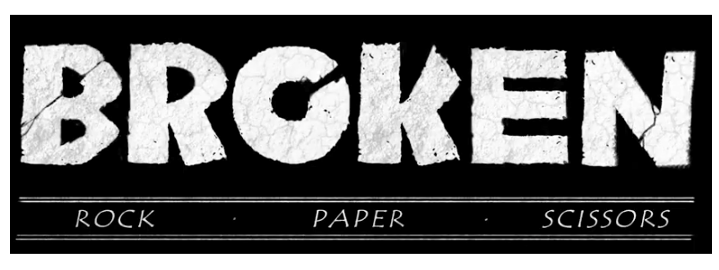
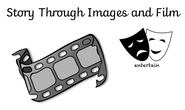
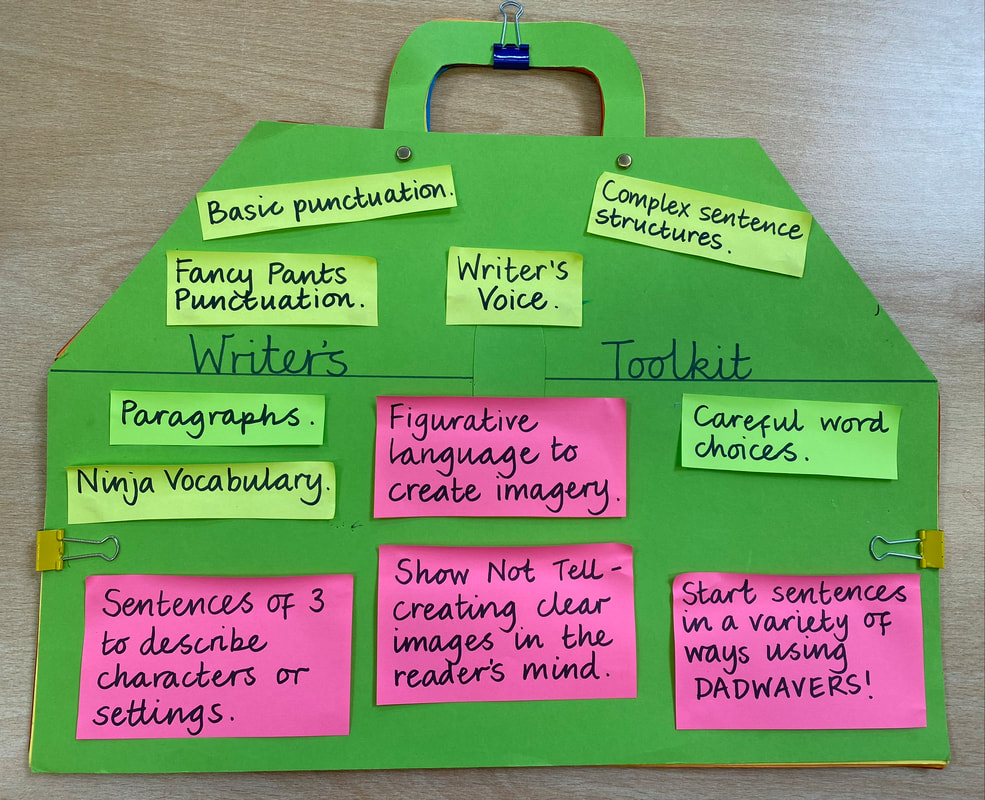
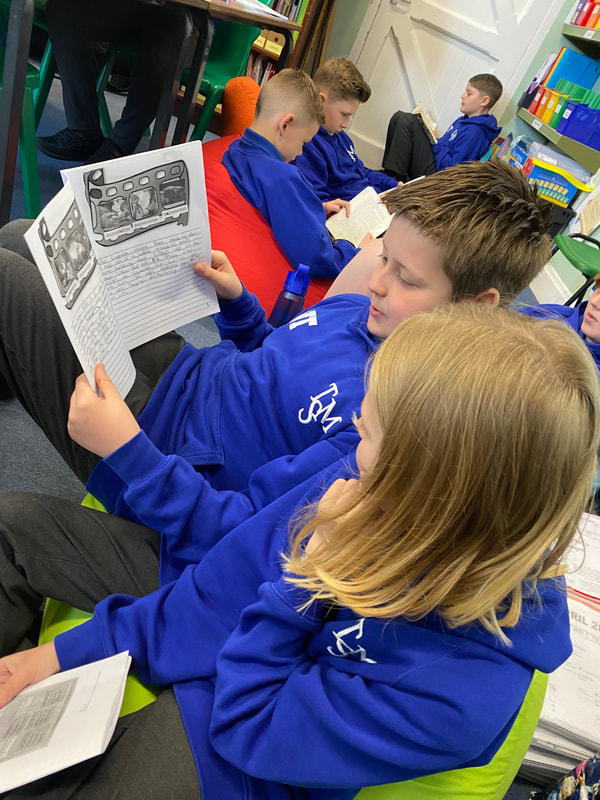
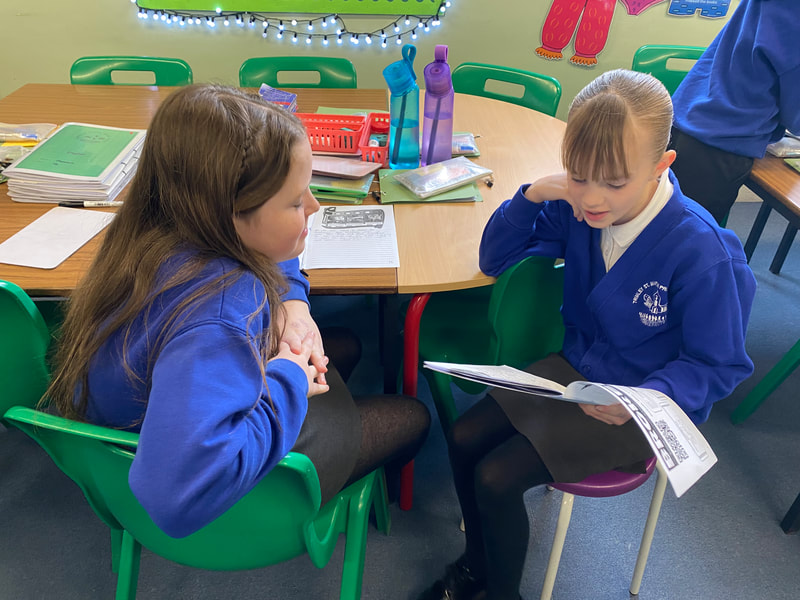

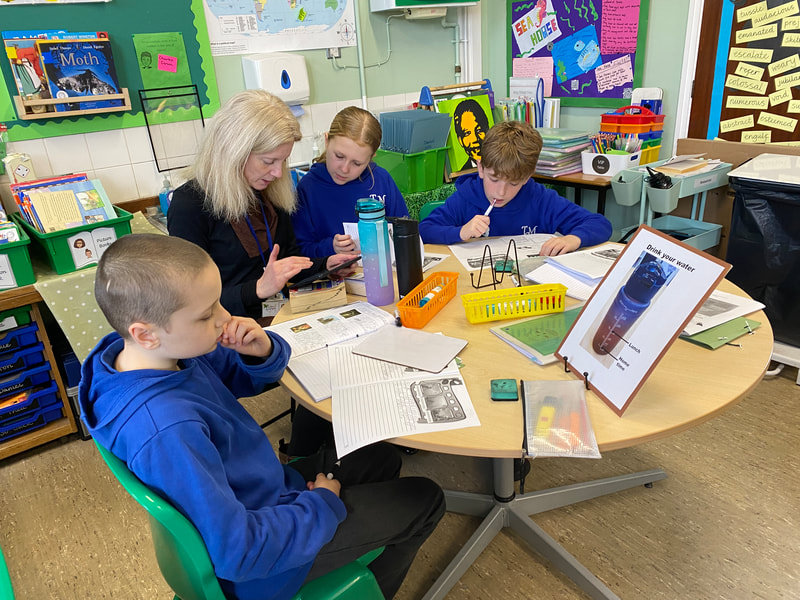
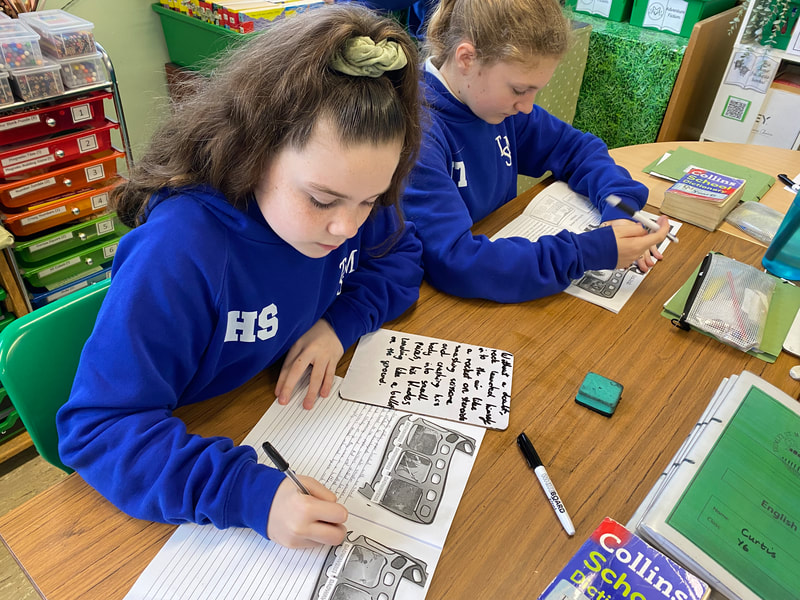
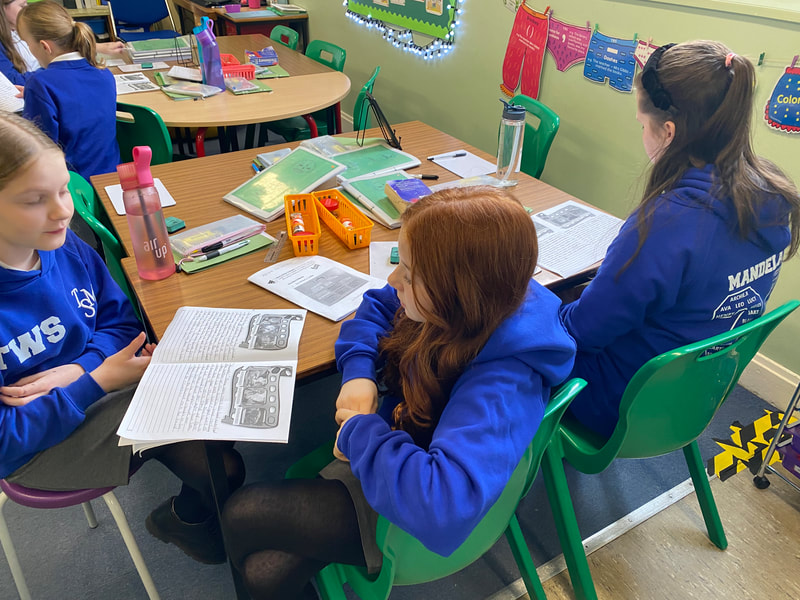
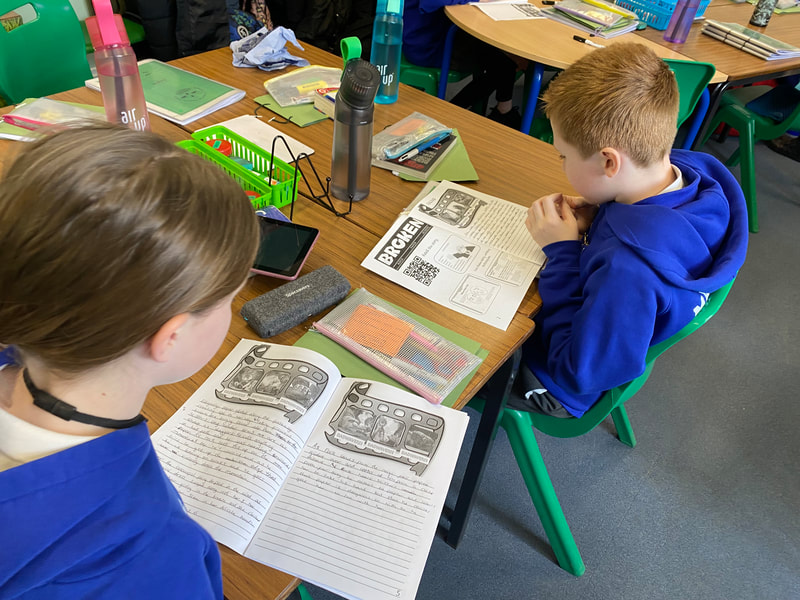
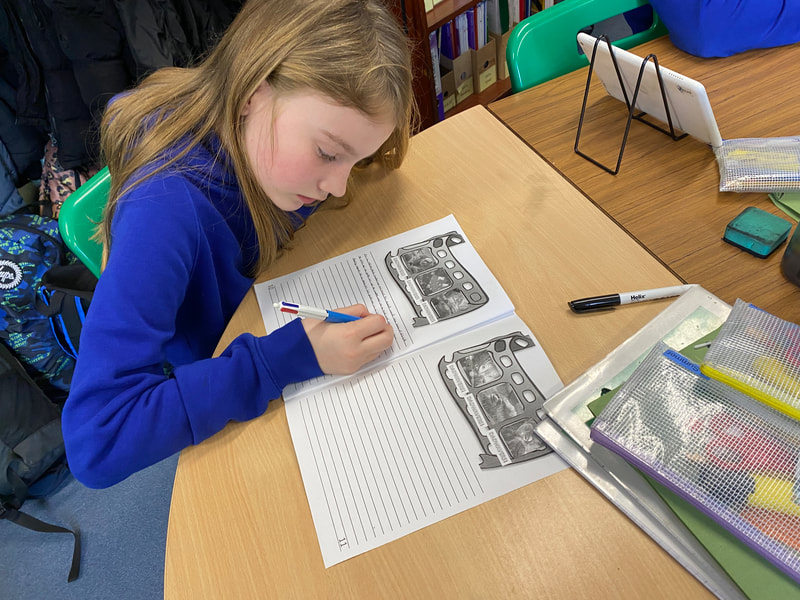
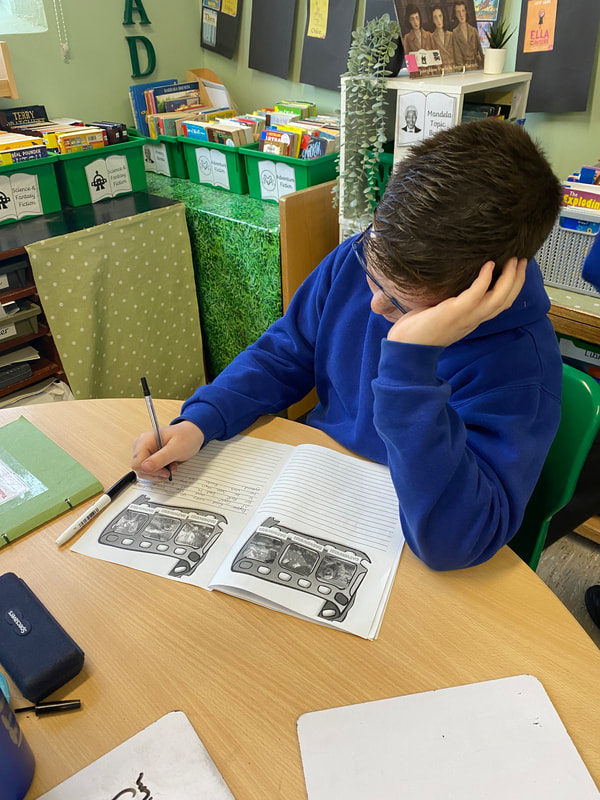
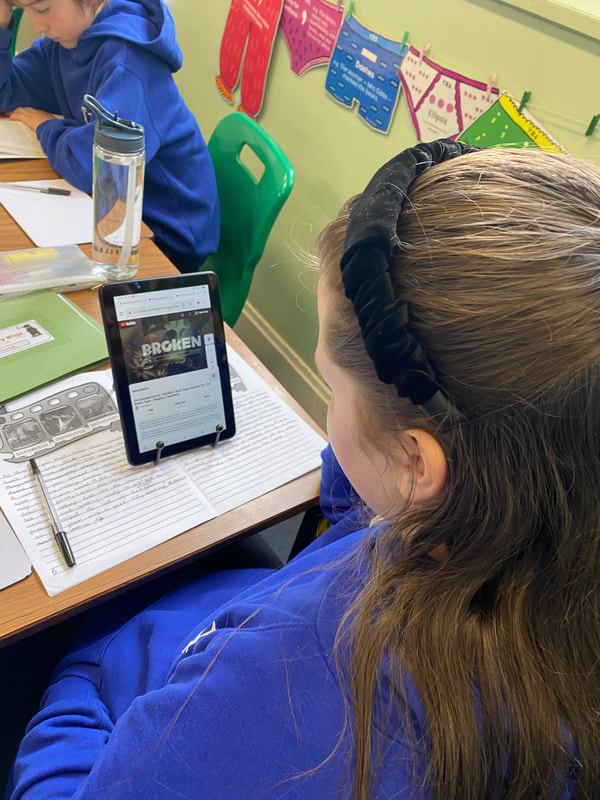
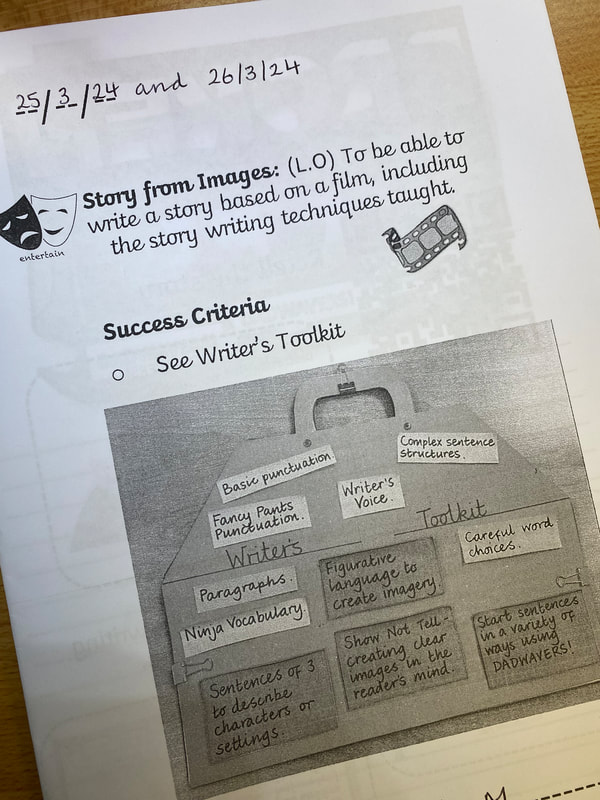


 RSS Feed
RSS Feed
